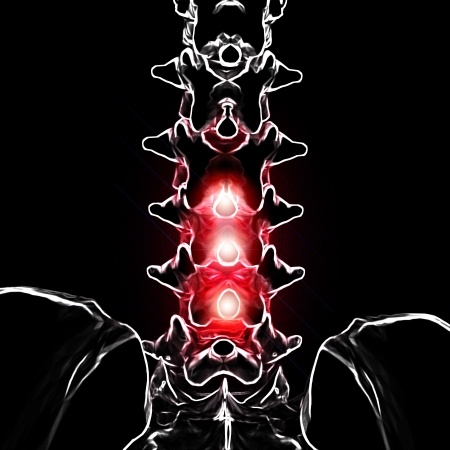
1. What Causes Disc Disease?
Many people experience pain in their back, neck, and other upper-body areas, and often these pains may be the result of muscle injuries, dermal abrasions, or topical wounds. In other cases, however, back and neck pain may correlate directly with the disc-like cushions found in between vertebrae in the spine.
If these discs experience constant pressure or traumatic injury, bone presses against bone. When the discs in your spine become pinched, thinned out, crushed or otherwise damaged, the result is back or neck pain. Along with pain comes reduced range of motion, increasing disability, and the ongoing condition we know as degenerative disc disease.
2. Symptoms of Degenerative Disc Disease
Degenerative disc disease may present a variety of symptoms. In some cases, it may have little effect on a sufferer’s day-to-day activities – especially at first. One may experience minor aches and pains in the neck and back to begin with, explaining them with generic issues like poor posture or uncomfortable sleep habits.
Over time, however, degenerative disc disease can progress to more severe levels of back and neck pain, or knee, ankle, and shoulder pain, and even general pain leading to total disability in one or more parts of the spinal column. Ultimately, this level of degeneration in your vertebra and discs greatly impacts your ability to perform the simplest tasks. It’s important to keep in mind that affected discs may become harder in time, actually leading to less pressure and lessened pain.
3. Spine Treatment Options
Many spine specialists and orthopedic surgeons start patients on a conservative program of degenerative disc treatment in order to minimize side effects. This generally means starting with physical therapy designed to correct posture, strengthen core muscles, and lessen the stress on compressed discs in the spinal column.
Although degenerative disc disease may not become a chronic condition, in severe cases, medications and orthopedic surgery might be required. Some instances may also require rehabilitative care. Your local orthopedic doctor can refer you to the proper medical professionals for ongoing, regular therapy that meets your needs and fits the overall plan of treatment for degenerative disc disease.
4. Will Discs Get Worse With Age?
For a vast majority of degenerative disc disease sufferers, the condition will eventually resolve itself. For a select few, however, the condition will continue to get worse and lead to reduced range of motion throughout the aging process. In such circumstances, more intensive treatment options may be required in order to maintain a certain quality of life. Degenerative disc disease often presents itself in a victim’s 30’s or 40’s, but it can be found to present and persist in individuals of all ages.
5. How Do Orthopedic Doctors Treat Degenerative Disc Disease
Because degenerative disc disease can get progressively worse over time, it’s recommended that people suffering from back and neck pain in the Southlake, Keller, Grapevine, or Trophy Club areas of Texas contact orthopedic specialist and spine surgeon, Dr. Kevin James, of Advanced Spine and Orthopedics, as soon as possible.
Using the latest in imaging and diagnostic technology, Advanced Spine and Orthopedics offers quality care to anyone experiencing neck and back pain due to degenerative disc disease. Don’t continue to endure the pain. Get your spine on the road to recovery by contacting the ASODocs team online; or calling our conveniently located clinics in Southlake and Frisco, TX.

